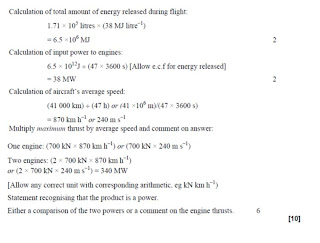The life cycle of stars
You are to
produce a document to cover life cycle of stars of different masses.
Lots of
information here http://www.astronomynotes.com/ and here http://bcs.whfreeman.com/universe6e/default.asp
Star birth
Perform a web
search for giant molecular clouds, (The Eagle nebula and Orion Nebula are good
examples). Insert a picture and add a caption.
“Giant
molecular clouds are strung like pearls along the spiral arms of galaxies.”
Find a
picture of a spiral galaxy. Hot blue stars are short lived so any we see are
young. Note the blue light from the spiral arms.
Evidence of
darker denser clouds can be seen in the horsehead nebula and other Barnard
nebulae. Bok globules are even denser.
Protostars
emit strongly in the infrared. You will find images at http://www.ipac.caltech.edu/Outreach/Edu/sform.html
Main
Sequence.
There are
many pictures of the sun and a search for Pleiades will give you and idea of a
newly formed stellar cluster. Don’t forget the dim red ones.
The sun’s
energy arises form nuclear fusion. Describe the fusion processes.
An animation
may be found at this site in the chapter on the sun.
Choose
animations and then complete list by chapter. There also animations on star
birth you may view.
End
States.
The sun will
expand to a red giant before collapsing to a white dwarf (with a planetary
nebula) you will find some good pictures of planetary nebulae.
Heavier stars
will pass through the red giant stage before going supernova. Depending on its mass the core remnant will
collapse into a neutron star or stellar black hole. The most famous supernova
remnant is the crab nebula that contains a pulsar (a rapidly spinning neutron
star). There are some excellent pictures of the crab and also x ray images of
the neutron star which you should add to your account.
For obvious
reasons there are no pictures of black holes but some excellent diagrams to
look at.























